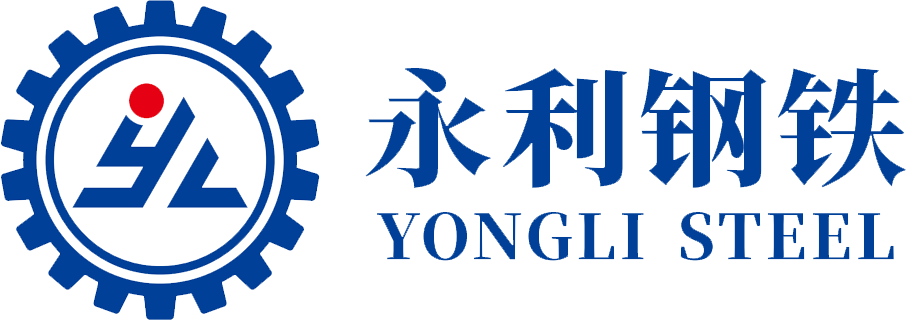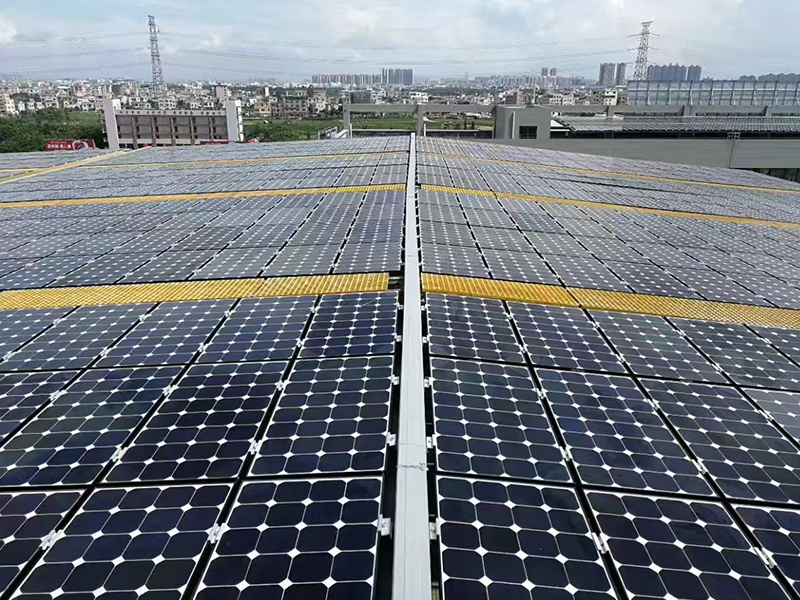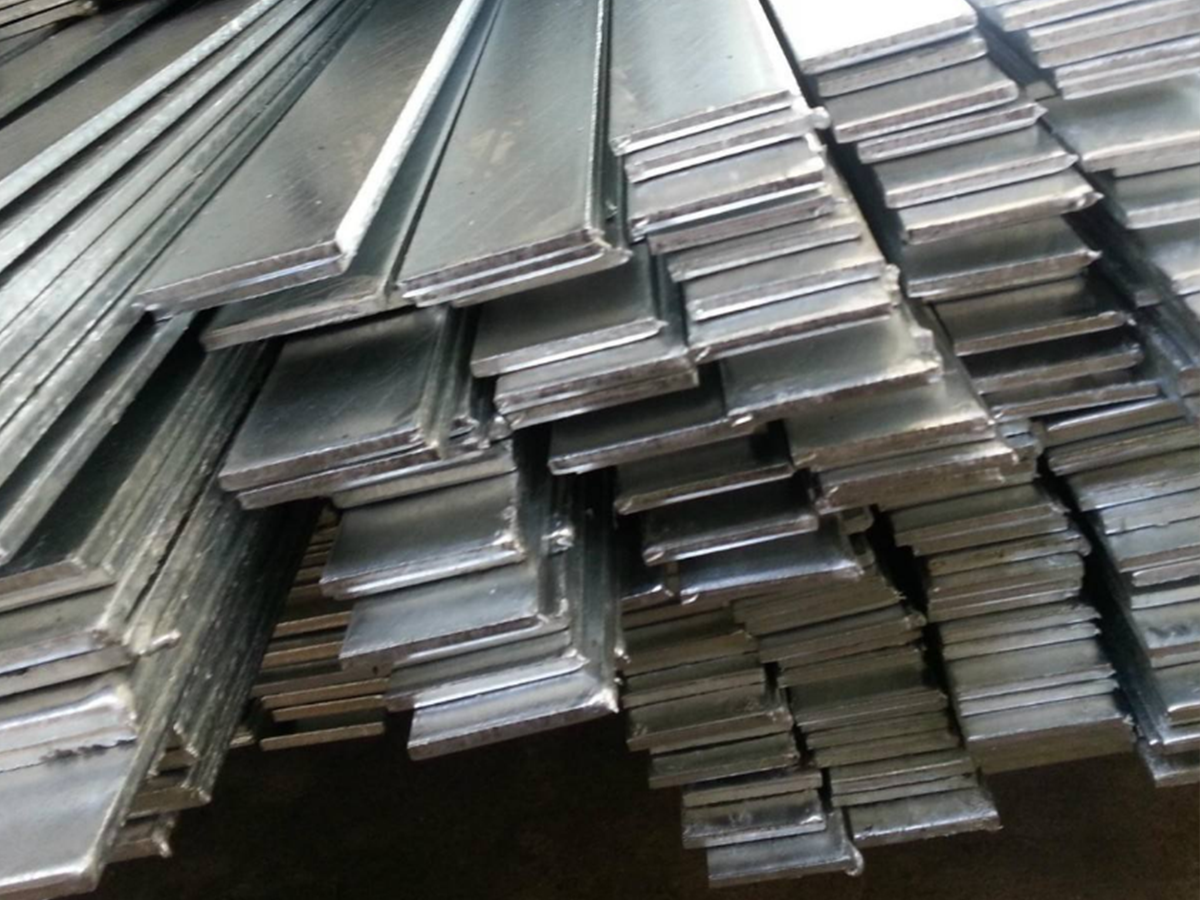Execution standard of angle steel:
GB/T 13912-202
GB/T 706-2016
GB/T 700-2006
GB/T 9787-2008
Angle steel is a long steel material with two sides perpendicular to each other, which plays an indispensable role in many fields such as construction and machinery manufacturing. We can provide export processing services including threading, cutting, reducing head, chamfering and reducing diameter, color banding, modifying markings, oil spraying and painting, packaging, and packing.
Category:
Keywords:
Angle steel

Descriptions
Product Introduction
Angle steel, commonly known as angle iron, is a long bar steel with two sides perpendicular to each other, playing an indispensable role in many fields such as construction and machinery manufacturing. According to the difference in the specifications of the two sides, angle steel can be divided into equal-leg angle steel (two sides have the same length) and unequal-leg angle steel (two sides have different lengths, and unequal-leg angle steel is further divided into equal thickness and unequal thickness). Its specifications are usually expressed in millimeters as "leg length × leg length × thickness", such as "∠50×50×5", which refers to equal-leg angle steel with a leg width of 50 mm and a thickness of 5 mm.
Product Advantages
High Strength and Load-Bearing Capacity
Angle steel is generally processed by hot rolling or cold rolling, giving it high strength and good rigidity. When subjected to pressure, tension, and bending forces, angle steel can, due to its structural characteristics, evenly distribute the force, exhibiting strong load-bearing capacity and is not easily deformed or broken. In the construction field, whether it is used as a frame beam and column supporting the weight of an entire building in steel structure buildings, or as a load-bearing base for large equipment in machinery manufacturing, angle steel can reliably bear the corresponding load, providing solid assurance for the stability and safety of the structure.
Good Processing Performance
Angle steel is relatively easy to process; cutting, welding, and drilling can be easily achieved. Construction personnel can use common cutting equipment to accurately cut angle steel to the required length; through welding, multiple angle steels can be firmly connected to construct complex and diverse structures; and when installing components or connecting, drilling can also be smoothly completed. When building steel structure factories, the construction team can cut angle steel into different sizes according to design requirements and then quickly assemble them into a frame structure through welding, greatly improving construction efficiency and reducing construction difficulty. This good processing performance allows angle steel to flexibly meet the diverse needs of different projects.
Convenient Installation
The unique angular structure gives angle steel an advantage in installation. It can be conveniently connected to other structural components through various methods such as welding, bolted connections, or riveting. At the construction site, workers can flexibly choose the connection method according to the actual situation and quickly complete the assembly of angle steel and other components. When building temporary buildings or simple guardrails, using bolted connections for angle steel is not only simple to operate but also convenient for later disassembly and adjustment; while in some permanent building structures with higher connection strength requirements, welding can make the angle steel and other components tightly combined, forming a stable whole.
High Cost-Effectiveness
The production cost of angle steel is relatively low, its production process is mature, and the raw materials are widely available, which makes angle steel have high cost-effectiveness while meeting the needs of most projects. In construction projects, compared with some high-performance but expensive special steels, the reasonable selection of angle steel as a structural material can both ensure project quality and effectively control costs. When constructing ordinary industrial plants, warehouses, and other buildings with moderate material performance requirements, angle steel, as the main structural material, plays an important role in reducing construction costs, bringing good economic benefits to the project.
Recyclability
Angle steel is a recyclable and environmentally friendly material. When angle steel products reach the end of their service life, they can be recycled and reprocessed into new steel products through professional smelting processes, realizing the recycling of resources. This not only helps reduce reliance on primary mineral resources and reduce energy consumption but also reduces pollution to the environment caused by improper disposal of waste steel. In the current advocacy of green development and sustainable development, the recyclability of angle steel makes it more advantageous in various engineering constructions.
Multifunctionality and Customizability
Angle steel has a wide range of uses. It can be used as supports, frames, and beams in building structures, and it can also play a role in shelves, furniture, and machinery and equipment. In the production of supermarket shelves, angle steel, as a frame material, provides stable support for goods; in modern minimalist furniture, angle steel is often used to make table and chair frames, showing a unique industrial style. In addition, angle steel can be customized according to different needs. By adjusting the size, shape, and material, it can meet the special requirements of different projects. In some special building structural designs or high-precision machinery manufacturing, customized angle steel can precisely match engineering needs, improving the applicability of materials and the overall quality of the project.
Industry Applications
Construction Industry
Steel structure buildings: In the construction of large steel structure buildings, such as stadiums, exhibition halls, and industrial plants, angle steel is a key material for constructing frame structures. Angle steel is widely used in steel beams, steel columns, and support systems, using its high strength and good connection performance to form a stable and reliable building skeleton, effectively withstanding various external forces such as the building's self-weight, wind load, snow load, and seismic effects, ensuring the safety and stability of the building structure.
Building enclosure structures: Angle steel is also widely used in building enclosure structures. It can be used to make window and door frames, providing strong support for windows and doors, enhancing the stability and wind resistance of windows and doors, and improving the overall sealing and safety of the building; in roof structures, angle steel is often used as roof purlins, supporting roof tiles or color steel plates, ensuring the flatness and stability of the roof structure; in wall structures, angle steel can be used as wall studs, cooperating with other materials to construct lightweight partition walls or composite walls, playing a supporting and fixing role.
Building decoration: In the field of building decoration, angle steel also plays a unique role. When used to make stair railings and handrails, angle steel not only provides the necessary strength and safety but its simple lines can also add a modern and industrial feel to the building; in interior decoration, angle steel can be used as the frame material for furniture such as display racks and bookshelves, which is both practical and decorative; in some outdoor landscape buildings, such as the construction of flower stands and pavilions, angle steel, with its sturdy and durable nature and ease of processing, has become an ideal structural material, adding a unique charm to the landscape.
Machinery Manufacturing Industry
Equipment frames: In the manufacturing of various mechanical equipment, angle steel is used to make equipment frame structures, such as machine tool bases, industrial robot frames, and automated production line frames. These frames need to have high strength and stability to support the various components of the equipment and ensure that the equipment can withstand the effects of various forces during operation without deformation. The high strength and good processing performance of angle steel enable it to meet the requirements of equipment frames for structural strength and precision, providing reliable assurance for the normal operation of mechanical equipment.
Conveying Systems: In the design and manufacturing of material conveying systems, such as belt conveyors, chain conveyors, and roller conveyors, angle steel is widely used for making frames, supports, and guide rails. The shape and size of angle steel can be customized according to the specific requirements of the conveying system, ensuring structural stability and smooth material transport. At the same time, the weldability and bolt-connection capability of angle steel facilitate the installation, debugging, and later maintenance of conveying systems.
Component Manufacturing: Angle steel is also used in the manufacturing of some mechanical components. In the production of small components with specific strength and size requirements, angle steel, after cutting and processing, can serve as raw blanks for parts, which are then further machined to meet usage requirements. In some simple mechanical transmission devices, connectors made from angle steel can achieve effective connection and power transmission between components.
Bridge Construction Industry
Main Bridge Structure: In bridge construction, angle steel is involved in building the main bridge structure, such as bridge trusses and arch frames. These structures need to withstand significant vehicle loads, wind forces, seismic forces, and their own weight. The high strength and good structural properties of angle steel enable it to play an important role in the main bridge structure, ensuring the structural safety and stability of the bridge during long-term use. In the construction of some small bridges or pedestrian overpasses, angle steel truss structures are widely used due to their economical, practical, and convenient construction characteristics.
Auxiliary Bridge Facilities: Angle steel is also used to create auxiliary bridge facilities, such as bridge railings, anti-collision barriers, and drainage system supports. Bridge railings need to possess certain strength and toughness to ensure the safety of pedestrians and vehicles. After appropriate surface treatment, angle steel can meet strength requirements and have good weather resistance. Drainage system supports utilize the load-bearing capacity of angle steel to ensure the stable installation of drainage pipes, guaranteeing the normal operation of the bridge drainage system.
Power Engineering Industry
Transmission Towers and Substation Structures: In the power transmission network, transmission towers and substation structures are important infrastructure. Angle steel, with its high strength, good processability, and economic efficiency, has become the primary material for manufacturing transmission towers and substation structures. Transmission towers need to withstand the weight of conductors, tension, and external forces like wind. Angle steel-constructed tower structures can stably support conductors, ensuring the safe transmission of electricity. In substations, angle steel structures are used to install various electrical equipment, providing reliable support and fixation for them.
Cable Trays and Conduits: Cable trays and conduits are used for laying and protecting power cables, control cables, etc. Angle steel is often used to make the frames of cable trays and conduits. Its robust structure can bear the weight of cables and provide good protection for them, preventing damage from external forces. Additionally, angle steel frames are easy to install and fix, allowing for flexible adjustment according to different laying environments and cable routes.
Furniture Manufacturing Industry
Furniture Frames: In modern furniture design and manufacturing, angle steel is increasingly used for making furniture frames, such as dining table and chair frames, bookshelf frames, and wardrobe frames. Angle steel frames provide furniture with high strength and stability, capable of withstanding various loads in daily use. At the same time, its unique metallic texture adds a modern, minimalist style to furniture. By pairing with panels and accessories of different materials, diverse and novel furniture products can be created to meet consumers' varied aesthetic and functional needs.
Furniture Accessories: Besides being a frame material, angle steel can also be processed into various furniture accessories, such as connectors and support legs. These accessories utilize the strength and workability of angle steel to achieve secure connections between furniture components and provide stable support for furniture, thereby improving the overall quality and lifespan of the furniture.
Related Product
Q&A

Yong Li Steel (Tianjin) Co., Ltd. is a modernized steel enterprise integrating steel


the company has advanced production equipment


Tianjin, the company has advanced production equipment


Yong Li Steel (Tianjin) Co., Ltd. is a modernized steel enterprise integrating steel production

Consult
We will contact you within one working day. Please pay attention to your email.









